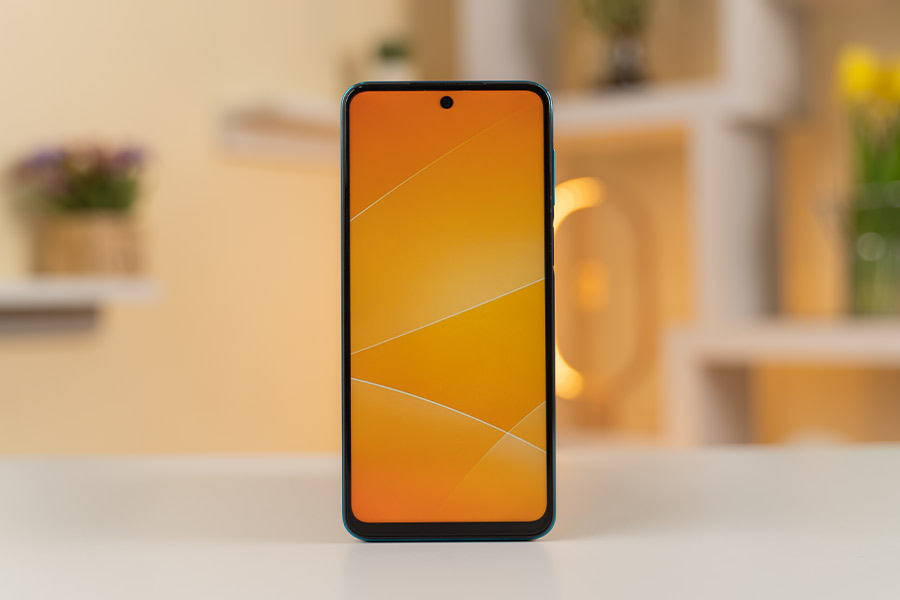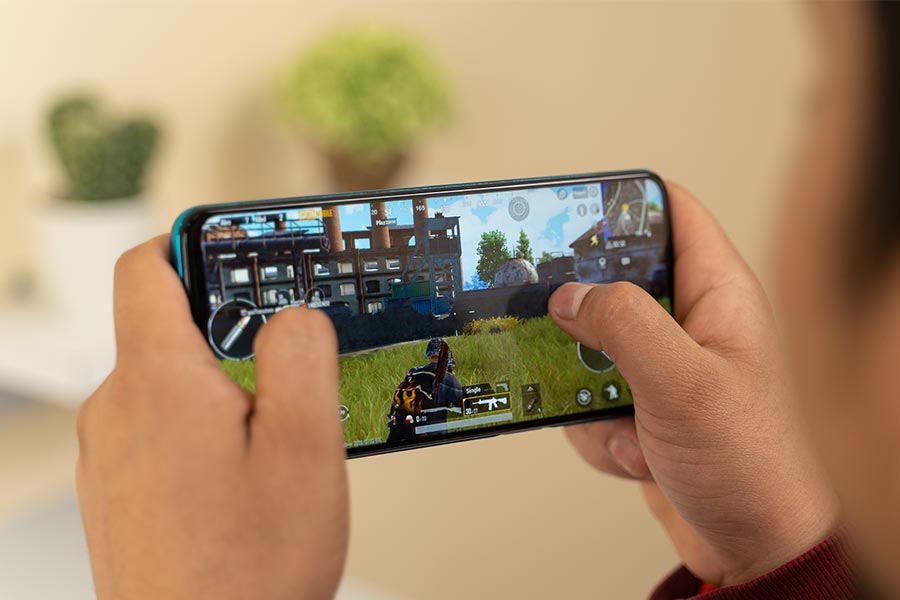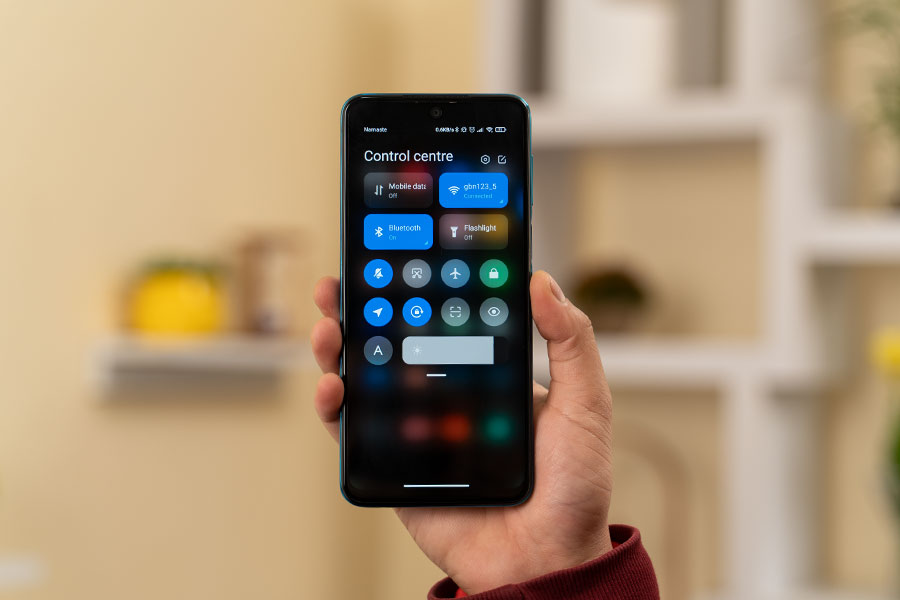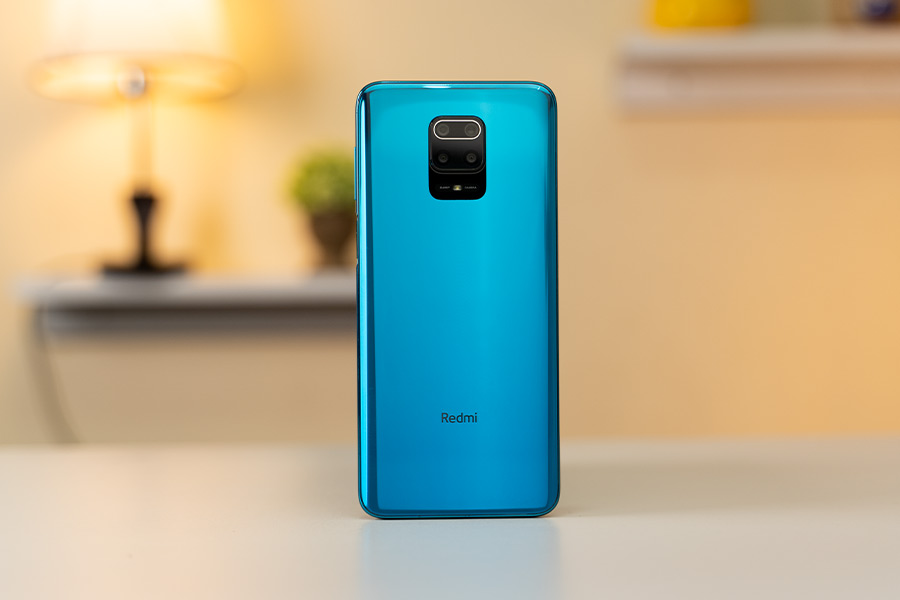Why Trust Gadgetbyte?
At Gadgetbyte, we invest substantial hours into rigorously testing each product or service we review, guaranteeing that you make informed purchases. Learn more about our testing process.
Review Overview
Design & Build
7.5/10
Display
7.5/10
Performance
8/10
Back Cameras
7.5/10
Front Camera
7/10
Software & UI
7.5/10
Battery
8.5/10
Value for Money
8/10
Redmi Note 9 Pro Max brings a big change to the design compared to its predecessor. But, the same cannot be said when it comes to performance, cameras, and such. It's a stellar phone no doubt—and a terrific value as well. Yet, we wished Xiaomi could've upped the ante by some significant degree.
Redmi Note 9 Pro Max Specifications:
- Body: 6.52 x 3.02 x 0.35 inches, 209 gm, Gorilla Glass 5, P2i nano-coating
- Display: 6.67-inches IPS LCD, 395PPI, Gorilla Glass 5
- Resolution: FHD+ (2400 x 1080 pixels), 20:9 aspect ratio
- Chipset: Qualcomm Snapdragon 720G (8nm Mobile Platform)
- CPU: Octa-core (2×2.3 GHz Kryo 465 Gold & 6×1.8 GHz Kryo 465 Silver
- GPU: Adreno 618
- RAM: 6/8GB LPDDR4x
- Storage: 64/128GB UFS 2.1 (expandable via a dedicated microSD slot)
- Software & UI: MIUI 12 on top of Android 10
- Rear Camera: Quad-camera;– 64MP primary lens with f/1.9 aperture & PDAF– 8MP Ultra-wide-angle lens with f/2.2 aperture, 119º FOV– 2MP depth sensor with f/2.4 aperture– 5MP macro sensor with f/2.4 aperture, 2cm– LED flash
- Front Camera: 32MP sensor
- Security: Physical fingerprint sensor (side-mounted)
- Audio: 3.5mm headphone jack, loudspeaker
- Connectivity: Dual-SIM (Nano), WiFi 802.11 a/b/g/n/ac, Bluetooth 5.0, GPS / AGPS / Glonass / Galileo / BDS / NavIC, USB Type-C
- Sensors: Accelerometer, Gyro, Proximity, Compass
- Battery: 5020mAh with 33W fast charging
- Colors: Glacier White, Aurora Blue, Interstellar Black
- Price in Nepal: Rs. 31,999 (6/128GB) | Rs. 34,999 (8/128GB)
- Available at Xiaomi authorized retail stores in Nepal
Redmi Note 9 Pro Max Long-Term Review:
Design & Build
- Glass front/back (Gorilla Glass 5), plastic frame
- A bit on the bulky side (209 gm, 8.8 mm thick)
Review Images
1/3
IR Blaster
P2i nano-coating
As with its non-Max sibling, the Redmi Note 9 Pro Max has P2i water-repellent coating. While we obviously can't expect Xiaomi to endorse an official IP certification on a phone of this price point, the P2i nano-coating couldn't be more useful. Throughout my usage (of more than 5 months), the phone has held up pretty good. Even with multiple instances of falls, bumps, or splashes, it stands unshaken. I've been using the phone with the plastic back case that comes inside the box, which can, to some extent, be credited to the enhanced durability.Likewise, you get a fingerprint sensor on the right side of the device. Typical of a mid-range Xiaomi phone, this sensor itself is fast and accurate. Furthermore, its placement on the side frame instead of the rear panel also adds to the modern aesthetics of the phone. All in all, Redmi Note 9 Pro Max is an incredibly well-built smartphone with a premium glass front/back. The only thing that bugged me a little is its width as I would've preferred a slightly slimmer device.Display
- 6.67-inches FHD+ IPS LCD panel
- Anti-oil and anti-fingerprint protective coating
- 60Hz refresh rate, 450 nits brightness (typ)

Performance
- Octa-core Qualcomm Snapdragon 720G SoC (8nm)
- 6/8GB RAM with up to 128GB storage (expandable)
- MIUI 12 on top of Android 10
Gaming

Software and UI
In terms of software, my unit ran on MIUI 11.0.4.0 when I first got it. I received the MIUI 12 update back in the first week of October and the UI has gotten a lot better with this update. As we know, MIUI is a pretty heavy Android skin with all the native apps and customizations that come embedded. Because these native apps occasionally play ads, I highly recommend you go with their alternatives from the Play Store.
Cameras
- Quad camera setup at the back
- (64MP primary, 8MP ultra-wide, 5MP macro, 2MP depth)
- 32MP selfie camera inside the punch-hole cutout
Review Images
1/2
Back
Normal Images
The images from the primary camera are bright, vibrant, and sharp.Review Images
1/12
Wideangle Images
Moving on, images from the 8MP ultra-wide camera, on the other hand, are lacking in terms of details and dynamic range.Review Images
1/7
Portrait Images
The portrait camera struggles with edge detection and HDR. The latter is even inferior to that of Realme 7.Review Images
1/3
Macro Images
The 5MP macro camera is a fun one to have. Surprisingly, the details on the macro shots are better than what I expected.Review Images
1/2
Selfie Images
Likewise, the images from the 32MP front camera are well exposed and detailed. On the other hand, the portrait shots from the camera are soft and the background looks overexposed.Review Images
1/3
Selfie
Nighttime Images
With the Night mode on, the 64MP sensor captures good details, color, and dynamic range.Review Images
1/6
Normal Nighttime
Videography
The Redmi Note 9 Pro Max is capable of recording up to 4K 30fps videos with stabilization. You can even record 1080p 60fs videos, although you will have to scale down the settings to 30fps to make for the image stabilization to kick in. The phone can record slo-mo up to 180p 120fps. Alternately, one can also choose to record 720p slo-mo videos at 960fps.Security
- Side-mounted fingerprint scanner, face unlock
Audio
- Single bottom-firing speaker
- 3.5mm headphone jack
Battery
- 5020mAh battery with 33W fast charging
- 33W Fast Charger provided inside the box

Conclusion
Wrapping up our long-term review of the Redmi Note 9 Pro Max, what I can confidently say is that this is a very well-built phone that offers great performance, amazing battery life, and so much more. But in this climate, there are better competitions. Ironically, one from Xiaomi's own arsenal of smartphones—or rather, from its sister company POCO. The recently launched POCO X3 NFC brings so much more to the table for a similar asking price. For instance, a faster processor, 120Hz refresh rate, and maybe even slightly better cameras.Redmi Note 9 Pro Max Long-Term Review: Pros & Cons
Pros:- Great value for money
- Premium design with glass front/back
- Decent display quality with HDR10 compatibility
- Performance is fairly admirable as well
- Terrific battery life (can last up to 2 days)
- 33W fast charger provided inside the box
- Still no high refresh rate display
- Not the biggest upgrade in performance
- MIUI 12 is still slightly buggy and ad-ridden
- Cameras aren't competitive enough

To say something about myself, I have been writing tech and gadgets from 2021. Although coming from a non technical studies background, I'm someone who is always fascinated by the latest gadget and tech innovations, circling around. Besides writing, you'll find me listening music and aligning the stars through astrology and sometimes even, tarot cards! 😉🧿
Comments
No comments yet. Add a comment to start a discussion

















































































